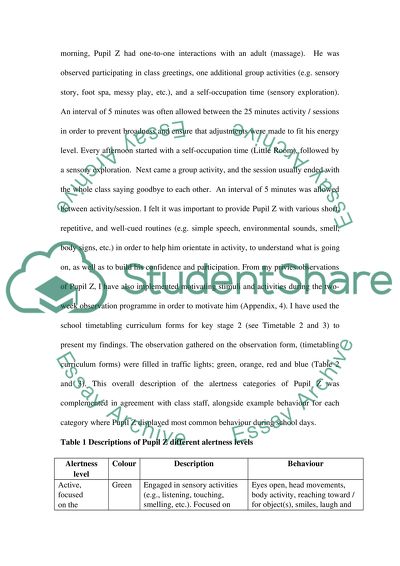Pupil Z Individual Observation Program Essay Example | Topics and Well Written Essays - 1250 words. Retrieved from https://studentshare.org/education/1456509-pupil-z-observation-week
Pupil Z Individual Observation Program Essay Example | Topics and Well Written Essays - 1250 Words. https://studentshare.org/education/1456509-pupil-z-observation-week.


